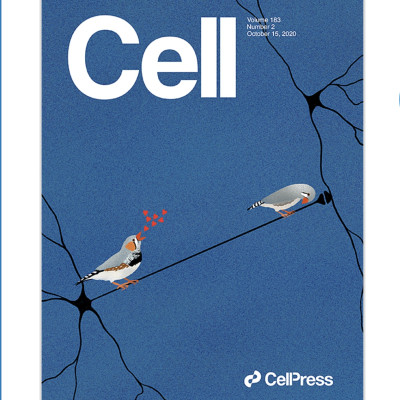Publication
Co-option of Neutrophil Fates by Tissue Environments
I. Ballesteros, A. Rubio, M. Genua, E. Lusito, I. Kwok, G.F. Calvo, T.E. Khoyratty, E. van Grinsven, S. González, J.A. Nicolás, T. Vicanolo, A. Maccataio, A. Benguría, J.L. Li, J.M. Adrover, A. Aroca, J.A. Quintana, S. Martín, F. Mayo, S. Ascher, G. Barbiera, O. Soehnlein, M. Gunzer, F. Ginhoux, F. Sánchez, E. Nistal, C. Schulz, A. Dopazo, C. Reinhardt, I.A. Udalova, L.G. Ng, R. Ostuni, A. Hidalgo
Cell 183(5), 1282-1297 (2020)
MOLAB authors
Abstract
Classically considered short-lived and purely defensive leukocytes, neutrophils are unique in their fast and moldable response to stimulation. This plastic behavior may underlie variable and even antagonistic functions during inflammation or cancer, yet the full spectrum of neutrophil properties as they enter healthy tissues remains unexplored. Using a new model to track neutrophil fates, we found short but variable lifetimes across multiple tissues. Through analysis of the receptor, transcriptional, and chromatin accessibility landscapes, we identify varying neutrophil states and assign non-canonical functions, including vascular repair and hematopoietic homeostasis. Accordingly, depletion of neutrophils compromised angiogenesis during early age, genotoxic injury, and viral infection, and impaired hematopoietic recovery after irradiation. Neutrophils acquired these properties in target tissues, a process that, in the lungs, occurred in CXCL12-rich areas and relied on CXCR4. Our results reveal that tissues co-opt neutrophils en route for elimination to induce programs that support their physiological demands.















